HOTEL, HOSTELS, B & B for the Carnival of FOIANO
The Carneval of Foiano is not any ordianry local celebration, but an event of the year´. Carnival of Foiano is the oldest carnival in Italy, born in the pleasant town of the Chiana Valley in 1539.
Do you want to come on Holiday to Foiano, Arezzo to see the beautiful and oldest Carneval in Italy?
With our service "Get The Best Offer" with a single click you can contact dozens of tourist facilities (hotel, B & Bs, Hostels, resorts, residences, agritourisms) in the area of Foiano della Chiana.
So if you are looking for a hotel to stay near Foiano in arezzo, for a fantastic carneval-experience and a perfect family-hoiday in one of the most beautiful and fascinating locations and in Italy
"Fill out the form below!"
That way you send your request to all the hotels, B & B, Hostels, agritourisms with conventions, and then you can choose the best offer!
CARNIVAL OF FOIANO DELLA CHIANA
1. Some history of the carnival.
Although the carnival of Foiano, at least in the known form, is relatively recent (30s), is celebrated in the city since many, many years ago, it´s existence already in ancient times seems to be confirmed by a provision in the document of a Community 's-holiday in the year 1539, in witch it is referred to as "the day of Carnival...", assigned, then, three days at the celebration.
And is likely to be the source and nature of the carnival, games, dances , such as to cause as much disturbance in the divine office."
Determine what was the "shape" of the festivities is not easy: documents relating to 1809 reveal that even at that carnival of Foiana was not celebrated with special ceremonies, but that the period was felt as festive as the Podesta issued a Vulpillot 'order by which it was allowed the use of masks
The carnival, however, took place mostly indoors, in the form of vigils held in the large kitchen of the farm houses, accompanied by the a kind of cookies so called "rags" of putty that passed among the guests along with the dessert-wine vin santo. These festivals in the country gave way to the vigils in the theater "Garibaldi" festively decorated that since 1826 was reserved for large parties involving young and old, including music and dancing. The opening of the theater, but it also involved considerable expense, and there was awareness of the value that covered the event. " With these and other arguments, the president of the Academy Theater in 1863 asked the City "to grant a sum of the upper deliberate reduction in dowry for the opening of the theater."
The oldest carnival in Italy started in Foiano in 1539. This carnival takes all year to prepare for, and it’s as important to Foiano as the Palio is to Siena. The four districts of the town: Bombolo, Azzurri, Rustici, and Nottambuli were formed during the fascist era and to this day, compete for the victory of the best float. Initially, the floats were town carriages and carri matti where lupine, chestnuts and salt cod would be thrown out to the crowd as a treat. The floats are now made of papier-mâché and they have allegorical or political themes, sometimes featuring political events and people, films, and popular culture. The festival is derived from medieval propitiatory rituals meant to appease the townspeople and create a joyous atmosphere to bring in the new year. An effigy of Giocondo, King of the Carnival is made from straw and rags, and is burned in the main square as a form of collective purification for the people of Foiano. Before the burning, a testament of the year’s events is read aloud like an epilogue for the past year and a prologue to the new starting year.
Source: wikipedia
Foiano's name, accordin to a legend, derives from the god Janus who, when he went up the Tiber River and settled in the shadow of a hill, called it Flos Janus. Also, a parchment dating back to 842 CE was found in which Lothar I mentions the Roman Campus Fugianus.
In 1383, control of Foiano passed from Arezzo to Florence and the inhabitants built fortified walls around the town. In 1387 the city became a free commune and the first communal statute was drafted. After the siege of the Aragonese, Foiano fell back in to Florentine control and the new "heart shaped" town walls were built in 1480.
Foiano was the best defense point in the Valdichiana because it used to be surrounded on three sides by marshland. In order to access the town, the inhabitants and visitors would have to arrive by boat where it was marshy, otherwise by land into the town. The marshland existed where the Chiana river now flows. The Castle of Foiano was built on the southern side of the city and changed hands many times according to who ruled the land. Leonardo da Vinci arrived in Foiano in 1502 and began to draw up plans for the draining of the Valdichiana and also the famous map of Valdichiana. In 1525, Foiano was the first commune to give up its marshlands to the Medici for draining. It took three centuries to drain the Val di Chiana, continuing during the Lorena rule. Only when, with the fall of Siena in 1554, all the territory passed under the dominion of the Medici, a coordinated and complete plan of reclamation could be prepared. Figures like Leonardo da Vinci, Antonio da Sangallo the Younger, Baldassarre Peruzzi and Vignola were involved in the work.
In 1789, Napoleon’s troops came through Tuscany, but the French Revolution had no influence on Foiano, which enjoyed their pre-existing protection under Florence. In 1862, Foiano took on the name Foiano della Chiana and it was one of the first municipalities to elect a town council by popular majority.
Main sights
Inside the walled city, there are art and architectural works by Andrea della Robbia and other notable artists of the Renaissance.
Inside the church of San Michele Arcangelo, on the second south altar, a Madonna of the Rosary by Lorenzo Lippi and on the third north altar, and enameled terracotta of the Ascension by della Robbia and son Giovanni around 1495-1500.
The Corso Vittorio Emanuele leads to the Piazza della Collegiata where, inside the Collegiata itself, is the Madonna della Cintola done in 1502 by Andrea della Robbia, and Coronation of the Virgin by the Luca Signorelli school.
The church of Santa Maria della Fraternità houses four paintings by Giovanni Camillo Sagrestani and the statue of Madonna and Child by Andrea della Robbia (around 1460), based on a model by his uncle Luca.
Architectural works of Foiano include the 14th century Palazzo Pretorio along one side of Piazza Cavour, and the Palazzo delle Logge on the other, built between the 16th and 17th centuries. The Palazzo delle Logge was the residence of Ferdinando II de Medici and the Municipal Historic Archive and the Library are now housed inside, with some of the halls used for exhibitions. The Civic Tower has been recently restored, preserving its original proportions and façade. The Garibaldi Theatre which used to be called Monte Pio in 1570 and the Palazzo Neri-Serneri are also found within the old town. Also, the grain loggias bearing the Medici arms are a good example of Foiano’s long history. Close to the town is located the small octagonal temple of Santo Stefano della Vittoria, built by Giorgio Vasari for Duke Cosimo I and dedicated to Cosimo's victory in the battle of Scannagallo.
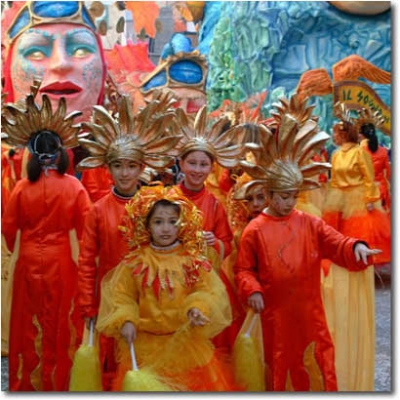
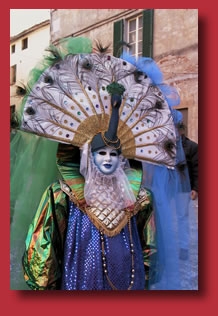
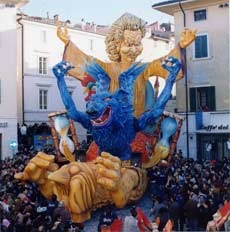
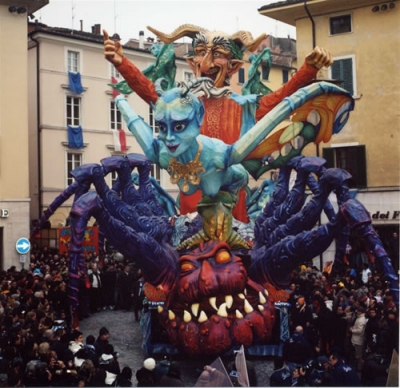
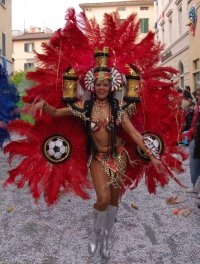
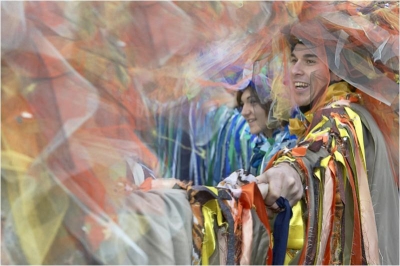
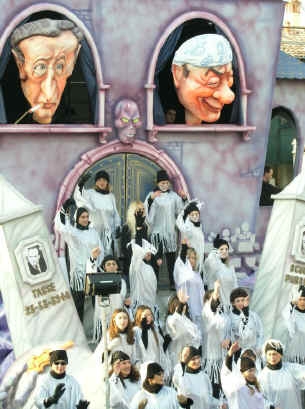
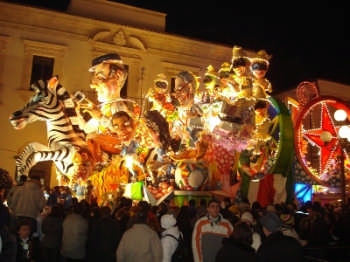
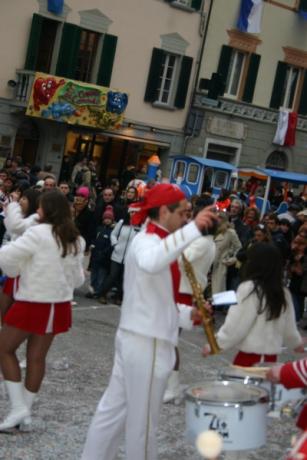
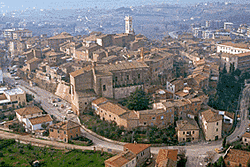

 Vuoi cercare sulla Mappa? Clicca qui
Vuoi cercare sulla Mappa? Clicca qui Price rangeMedium
Price rangeMedium










